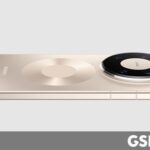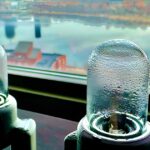A recent technical webinar by ESD India broke down two misunderstood ionizer performance parameters decay time and offset voltage explaining why both are central to preventing hidden ESD failures across electronics, semiconductor and cleanroom environments.
In a manufacturing landscape where even a few volts of electrostatic discharge can silently undermine product reliability, Electrostatic Discharge (ESD) India (subsidiary of WEAMG Electronic Solutions) India hosted a focused technical webinar to address a commonly overlooked issue on production floors: the widespread misinterpretation of decay time and offset voltage (ion balance) in ionizers. Led by Mrinal Kanti Mandal, technical lead at ESD India, the session aimed to simplify the science behind these crucial parameters. He explains “how they directly influence product quality, especially as many companies follow ESD protocols yet still face unexplained component damage, latent failures or inconsistent audit results.”
The webinar emphasized that slow decay and poor ion balance remain major hidden root causes of ESD failures. It also highlighted why this discussion was urgently needed, participants frequently rely on ANSI/ESD standards without understanding that broad guidelines such as ±35 V balance or 10-second decay may still be unsafe for today’s ultra-miniaturized electronics. Mandal clarified that standards offer direction, but users must define their own limits by considering component CDM sensitivity, process speed and line design.
The talk explored key issues: decay time determining how quickly an ionizer neutralizes ±1000 V charges; offset voltage indicating ion balance and how poor balance can introduce fresh charges; the impact of incorrect ionizer placement; and the role of routine maintenance, emitter cleaning and CPM checks in preventing performance drift. The core takeaway was clear user-defined limits matter more than generic standards, and both decay time and balance must work in tandem to ensure ESD safety. The session urged manufacturers to adopt regular measurements, calibration and better documentation, while choosing ionizers with stable long-distance performance and self-cleaning features. Ultimately, the webinar reinforced that ionizers are not “install and forget” devices and that a deeper understanding of decay and balance, combined with disciplined verification, is essential for boosting yield and long-term reliability.
The full in-depth report complete with case studies, measurement charts and step-by-step implementation guidance will be published soon. Stay tuned.











